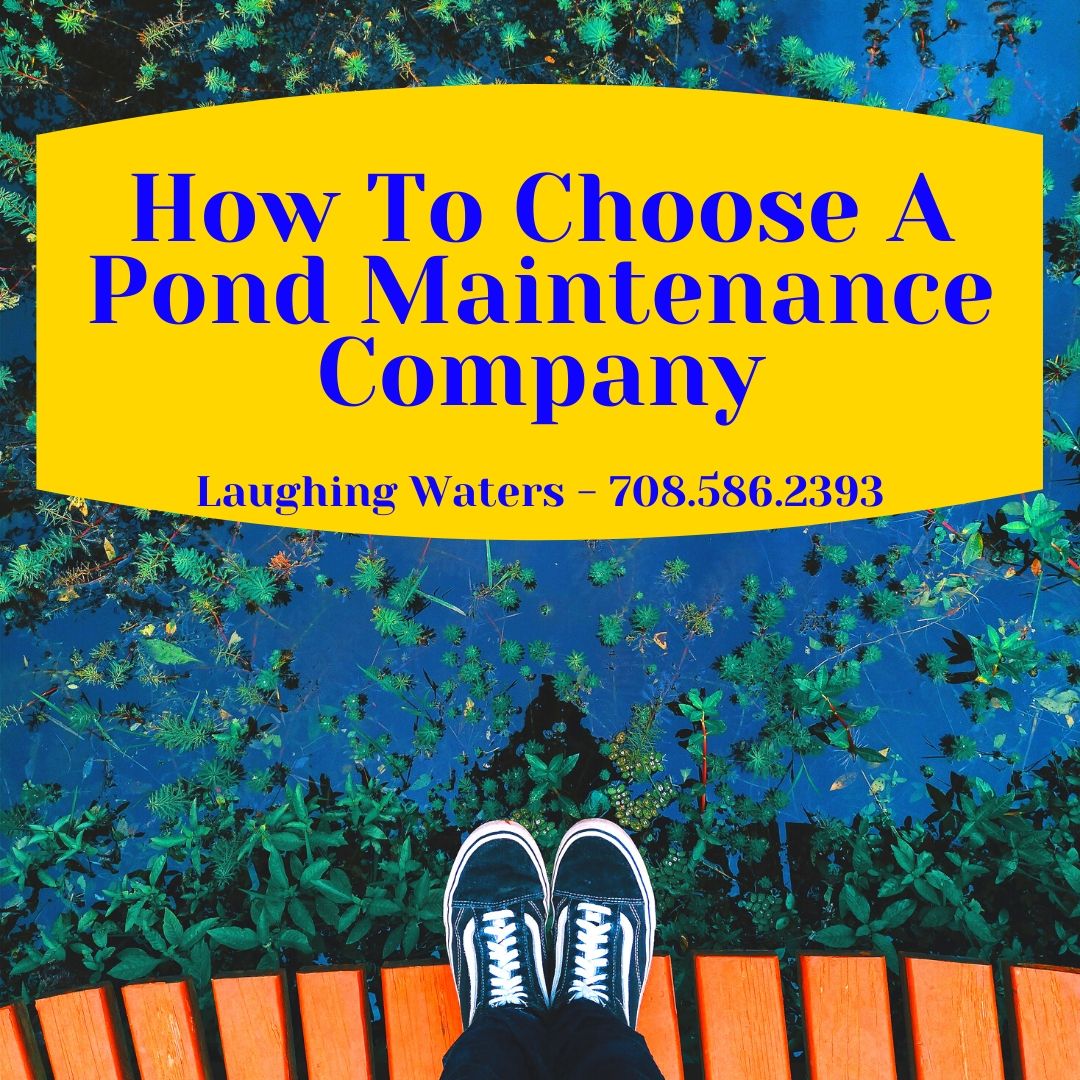
The Ultimate Guide to Building a Koi Pond Filtration System
Introduction
Koi ponds are a stunning addition to any outdoor space. They bring a sense of tranquility and beauty to your backyard, but maintaining the pond can be a challenge. One of the most important aspects of upkeep is maintaining good water quality, which requires an effective filtration system. In this guide, we’ll walk you through step-by-step instructions on how to build a koi pond filtration system that will keep your pond water crystal clear and healthy for your fish.
Step 1: Determine Your Pond Size and Needed Filtration Capacity
The first step in building your koi pond filtration system is determining the size of your pond and how much filtration capacity you need. Koi ponds require more filtration than regular fish ponds due to the large size and number of fish, as well as the amount of waste they produce. A good rule of thumb is to aim for a filtration system that can handle at least 1.5 to 2 times the volume of your pond.
To calculate the volume of your pond, multiply the length, width, and depth measurements together, then multiply that number by 7.5. For example, if your pond is 10 feet long, 8 feet wide, and 4 feet deep, the calculation would be: 10 x 8 x 4 x 7.5 = 2400 gallons. This means you’ll need a filtration system that can handle at least 3600 to 4800 gallons per hour.
Step 2: Choose Your Filtration System
There are several types of filtration systems available for koi ponds, including mechanical, biological, and chemical. Mechanical filtration removes debris and waste particles from the water through a filter media. Biological filtration uses beneficial bacteria to break down organic waste. Chemical filtration uses chemicals to remove impurities from the water.

For koi ponds, a combination of mechanical and biological filtration is typically used. A mechanical filter, such as a sand filter or bead filter, removes larger particles from the water, while a biological filter, such as a biofilter, promotes beneficial bacteria growth to break down organic waste.
Step 3: Install Your Filtration System
Once you have your filtration system, it’s time to install it. You’ll need to connect the system to your pond pump, which will draw water from the pond through the filter and back into the pond. The specific installation steps will vary depending on the type of filtration system you have, so be sure to follow the manufacturer’s instructions carefully.

Step 4: Add Additional Components
To further improve your filtration system, you can add additional components such as a UV clarifier, a protein skimmer, or an ozone generator. A UV clarifier uses ultraviolet light to kill harmful bacteria and algae, while a protein skimmer removes proteins that can cause cloudy water and foul odors. An ozone generator uses ozone gas to kill bacteria, viruses, and parasites in the water.
Step 5: Test and Maintain Your Filtration System
Once your filtration system is installed, it’s important to regularly test and maintain it to ensure it’s working properly. Test your pond water regularly with a water testing kit and make adjustments to your filtration system as needed. Clean your filter media regularly to prevent clogs and buildup, and replace the media as needed. Finally, perform a thorough cleaning of your system at least once a year.

Conclusion
A koi pond is a beautiful and tranquil addition to any outdoor space, but maintaining good water quality is key to keeping your fish healthy and happy. By following these steps and building a proper filtration system, you’ll be able to enjoy your pond for years to come.